Reducing energy usage is good for the planet and your wallet—who doesn’t love a bit of extra cash to spend on things that aren’t bills? Small changes in your daily routine can make a big difference on your monthly expenses. Many people don’t realize just how much energy is wasted through everyday habits and poorly maintained appliances. Fortunately, there are some simple tricks and upgrades you can use to improve your home’s energy efficiency without sacrificing comfort. Here are 14 energy-saving hacks that’ll help cut down those hefty utility bills, all while lightening your carbon footprint.
1. Lower Your Thermostat By One Degree

Turning your thermostat down by just a single degree can reduce your heating bill by up to 10% over the winter. Most people don’t notice much difference in warmth, but it can make a surprising impact on energy usage. Keeping the temperature steady is better than frequently adjusting it, which can also wear out your system.
2. Use LED Bulbs Instead of Incandescents
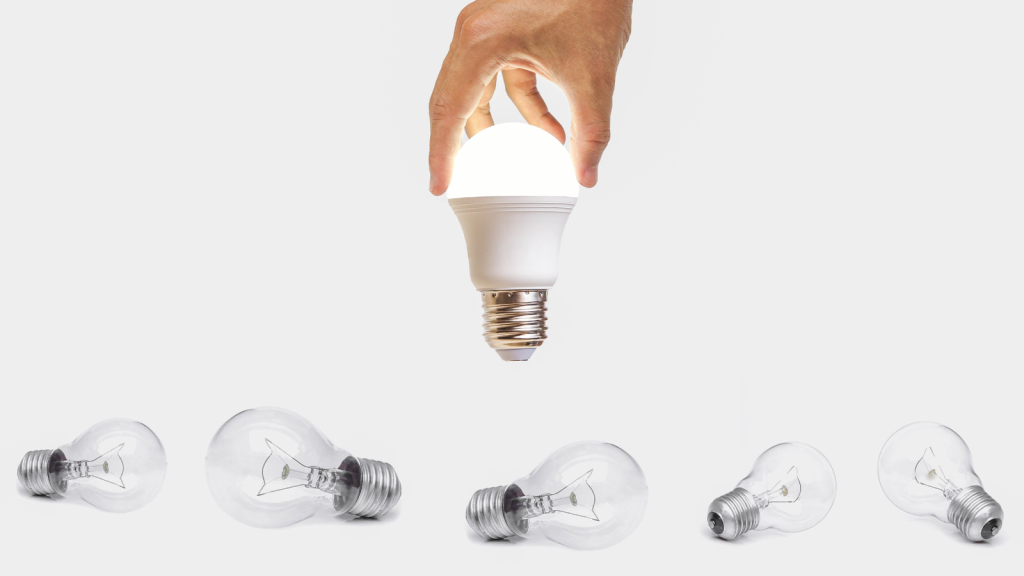
LED light bulbs use about 75% less energy and can last up to 25 times longer than traditional incandescent bulbs. This means you’ll replace bulbs less often while saving on electricity. They come in a variety of light “temperatures” as well, so you can still get that warm glow if you prefer.
3. Unplug Devices When Not in Use
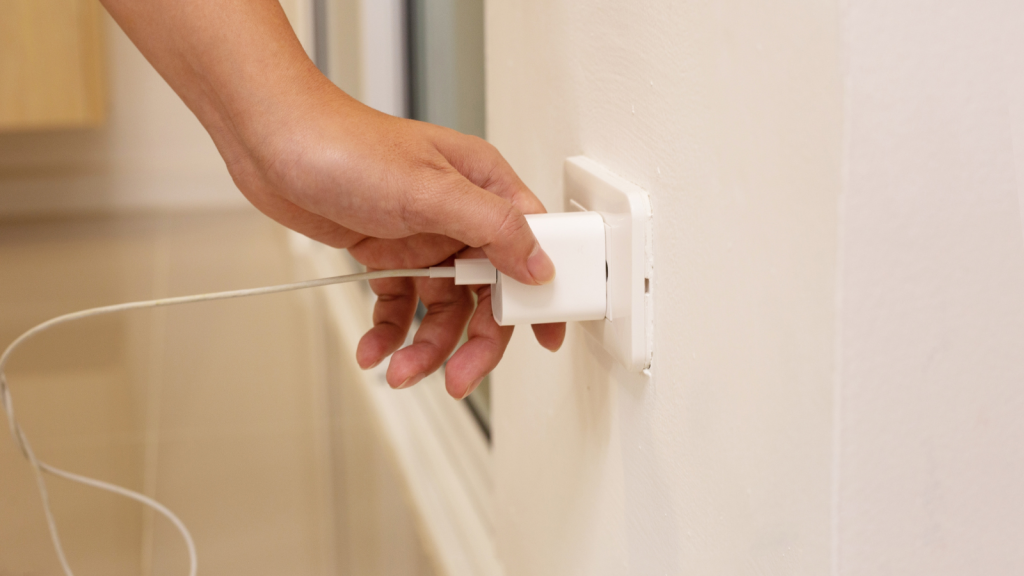
Even when turned off, many devices still use power if they’re plugged in. Known as “vampire power,” this small drain can add up. Unplugging items like phone chargers, gaming consoles, and even your coffee machine when they’re not in use can help you save more than you might expect.
4. Use Cold Water for Laundry
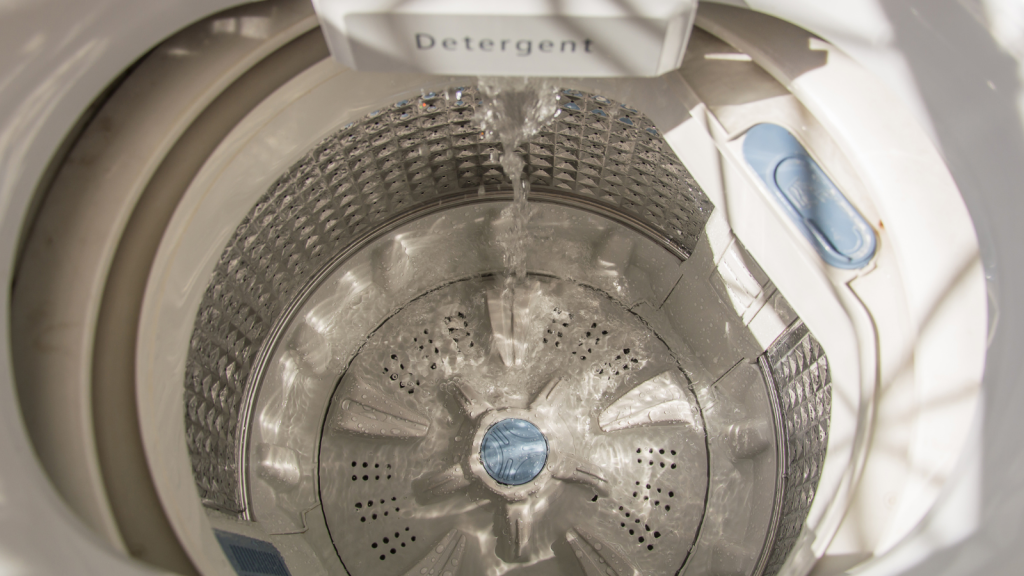
Heating water for laundry accounts for a large portion of household energy usage. Using cold water can still get your clothes clean, and modern detergents are designed to work effectively at lower temperatures. You’ll see a decrease in your bills and extend the life of your clothes.
5. Install a Programmable Thermostat
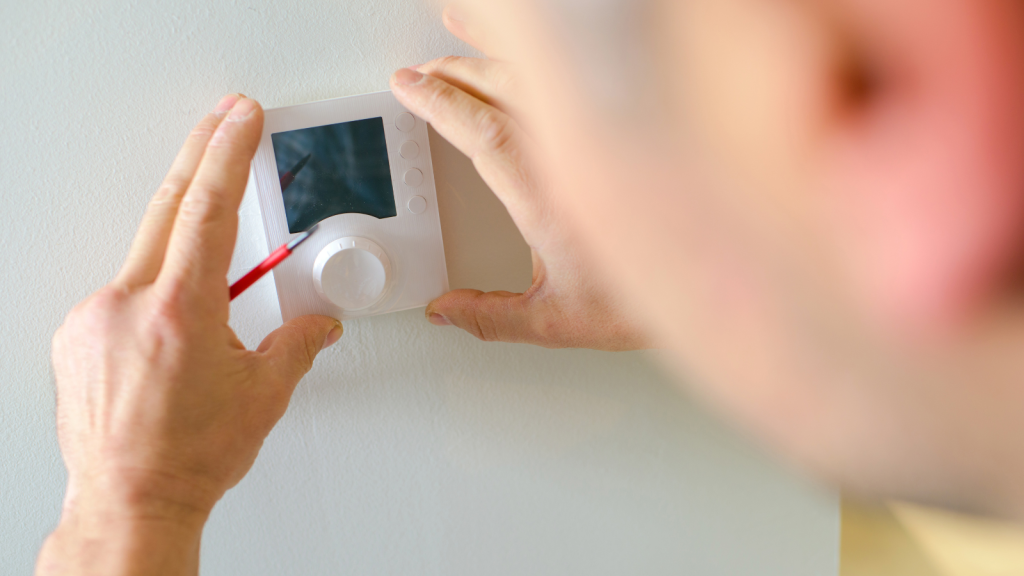
A programmable thermostat lets you set a heating or cooling schedule based on when you’re home or away, so you’re not using energy when you don’t need to. Many of these smart thermostats even “learn” your habits, automatically adjusting temperatures for maximum efficiency.
6. Seal Your Windows and Doors
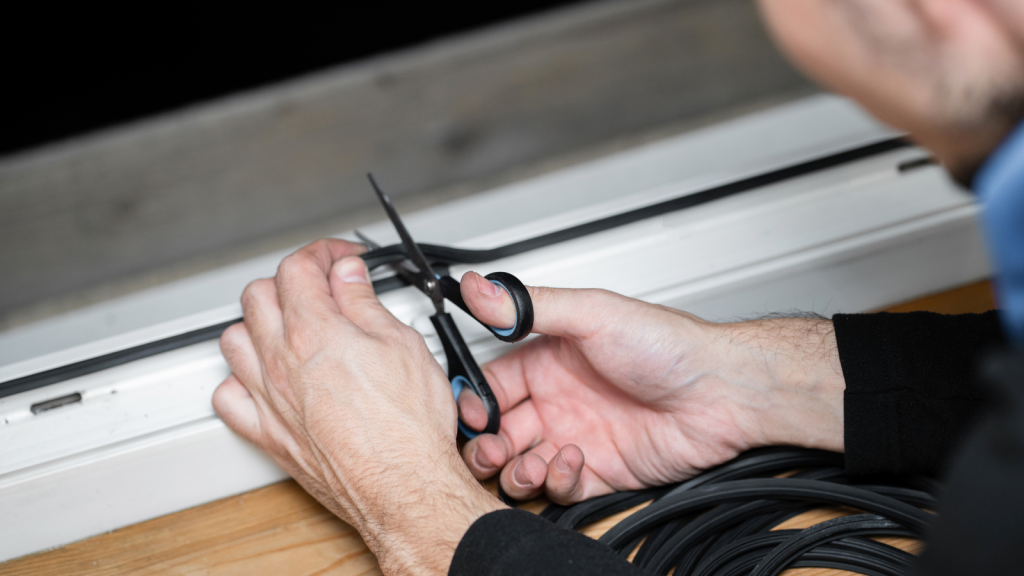
Drafty windows and doors can let cold air in during winter and warm air in during summer, forcing your heating or cooling systems to work harder. Sealing these leaks with weather stripping or caulk can significantly reduce energy loss, making your home more comfortable and saving money.
7. Run Appliances During Off-Peak Hours

Many utility companies charge less for electricity during off-peak hours, typically late at night or early in the morning. Running your dishwasher, washing machine, or charging electric vehicles during these times can lead to savings on your utility bills.
8. Install Ceiling Fans for Better Air Circulation
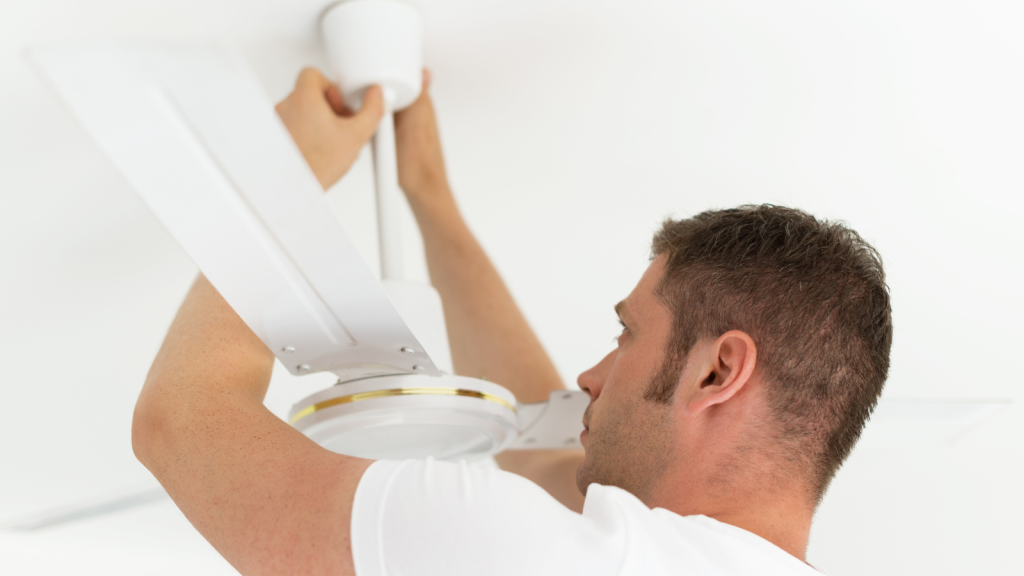
Ceiling fans can make a room feel warmer in the winter and cooler in the summer by improving airflow. In the winter, run fans clockwise to push warm air down, and in the summer, run them counterclockwise to create a cooling breeze. This reduces your reliance on heating and air conditioning.
9. Insulate Your Water Heater
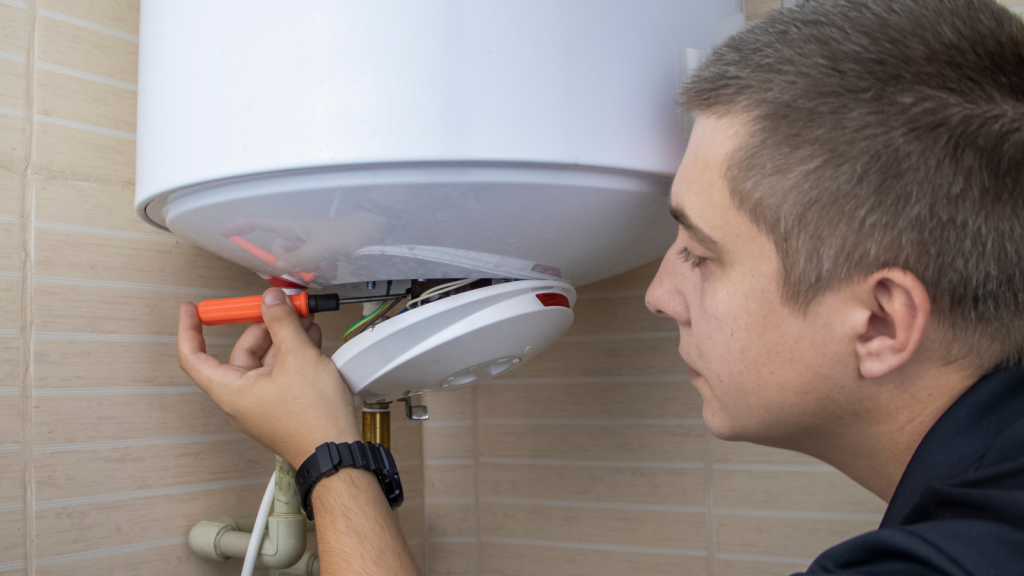
Wrapping your water heater in an insulation blanket can prevent heat loss, making it more energy-efficient. Insulating the first few feet of the hot water pipes as well can make your system even more efficient, leading to savings on your water heating costs.
10. Use Power Strips with Switches
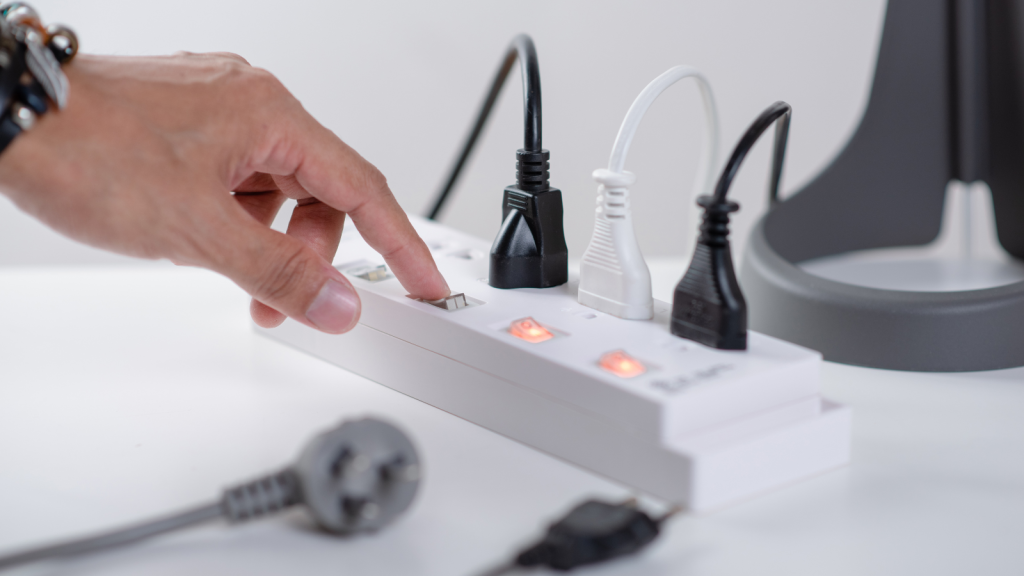
Power strips with on/off switches let you cut power to multiple devices with a single switch. This is particularly helpful for entertainment centers, home offices, or kitchen appliances, where it’s easy to accumulate devices that all draw energy even when not in use.
11. Take Advantage of Natural Sunlight

During the day, open your blinds or curtains to let in natural sunlight. This passive heating can warm your home without using additional energy. Just be sure to close them at night to keep warmth in during the winter or block heat during the summer.
12. Keep Your Fridge and Freezer Full
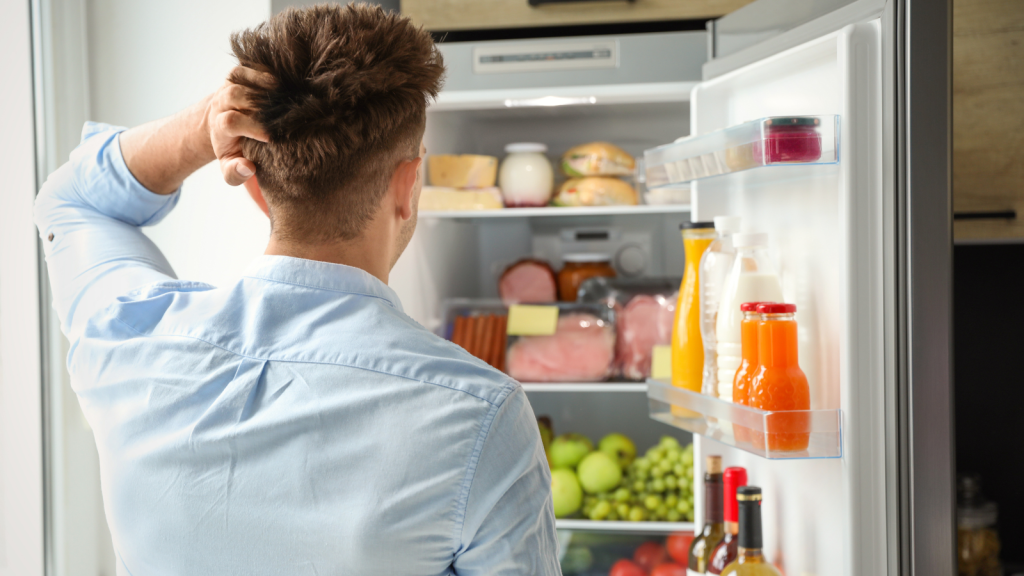
A full fridge and freezer retain cold temperatures better, which helps your appliances run more efficiently. If you don’t have enough food to fill them, consider using jugs of water in empty spaces, which helps regulate temperature and reduce energy usage.
13. Switch to Low-Flow Showerheads
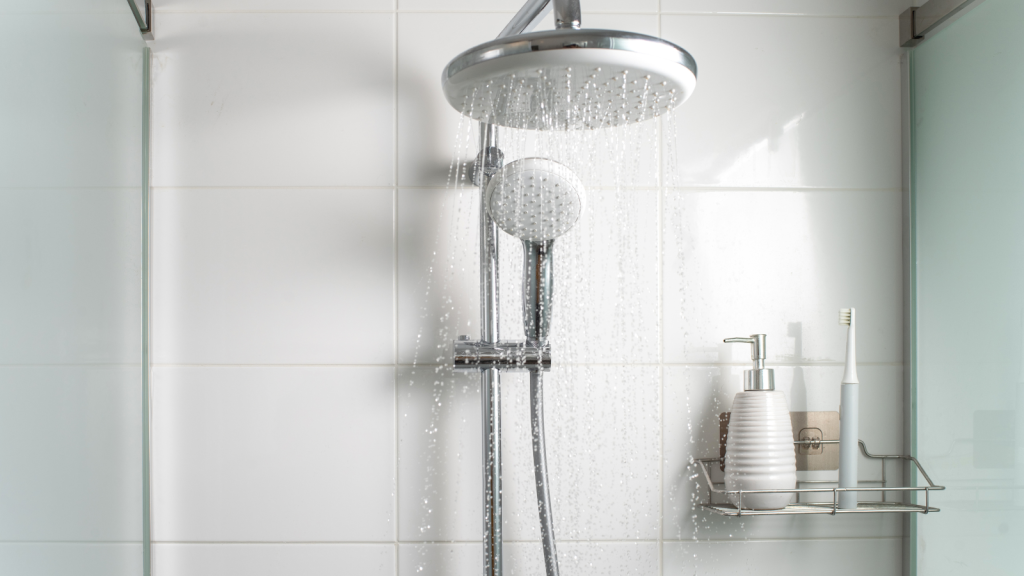
Low-flow showerheads reduce water usage and the energy needed to heat that water. They’ve come a long way from the early models and are now designed to provide satisfying water pressure while using up to 50% less water, lowering both your water and energy bills.
14. Clean Your Dryer’s Lint Filter
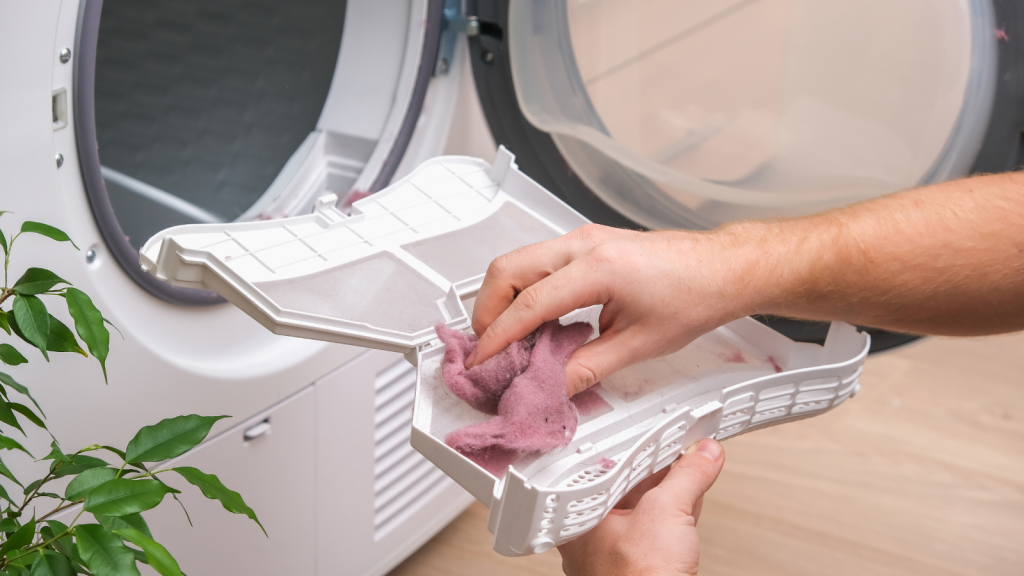
A clogged lint filter can make your dryer work harder and use more energy. Cleaning it after every use improves air circulation, so your dryer works more efficiently and dries clothes faster. Periodically cleaning the vent hose is also a good idea for maintaining efficiency.
16 American Foods Brits Can’t Stand
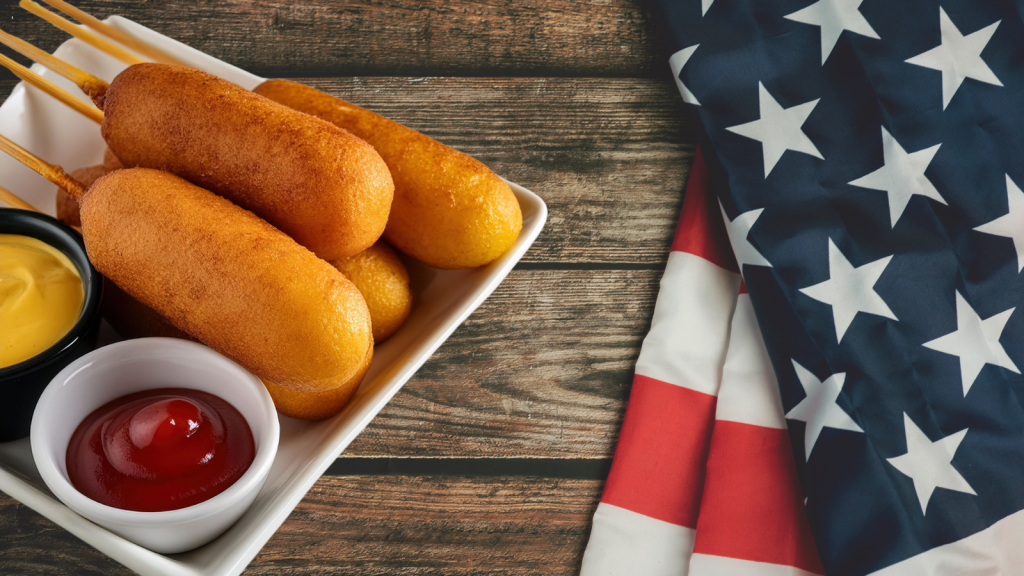
Food preferences can vary wildly across cultures, and what’s considered a delicacy in one country might be seen as downright bizarre in another. This cultural divide is particularly evident when comparing American and British cuisines. While the two nations share a common language, their tastes in food can be worlds apart. From overly sweet concoctions to processed cheese products, there are certain American foods that many Brits find hard to stomach.
Read More: 16 American Foods Brits Can’t Stand
Ellen has been obsessed with logic puzzles, jigsaws, and cryptograms since she was a kid. After learning she was taught how to play chess wrong by a family friend (so they could win), she joined her school chess club and the rest is history.


